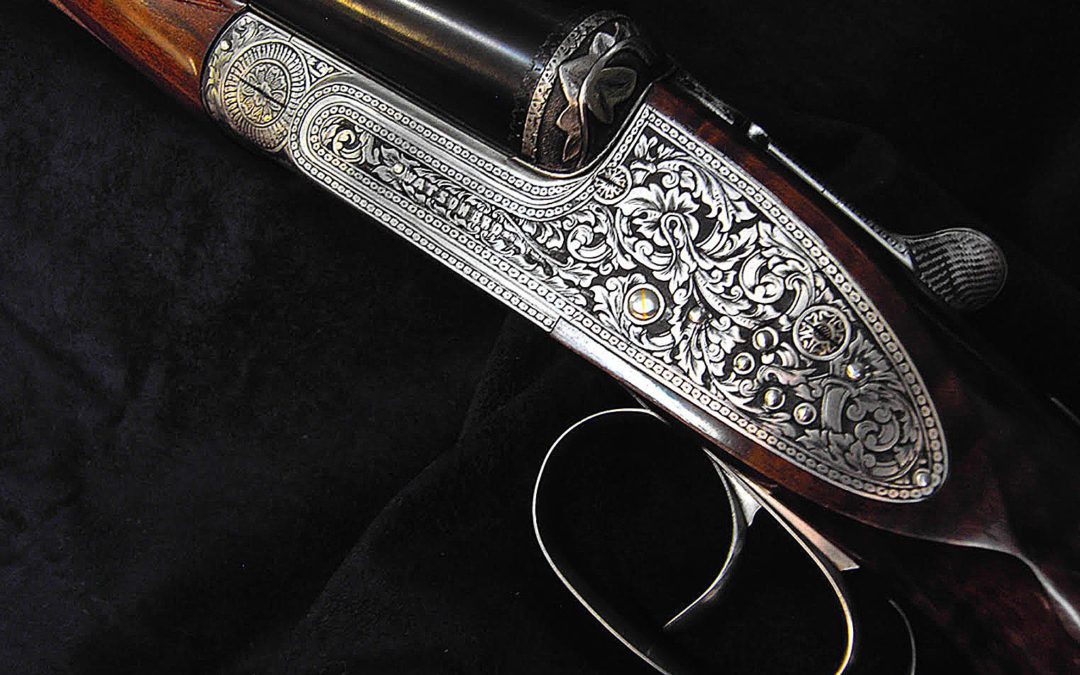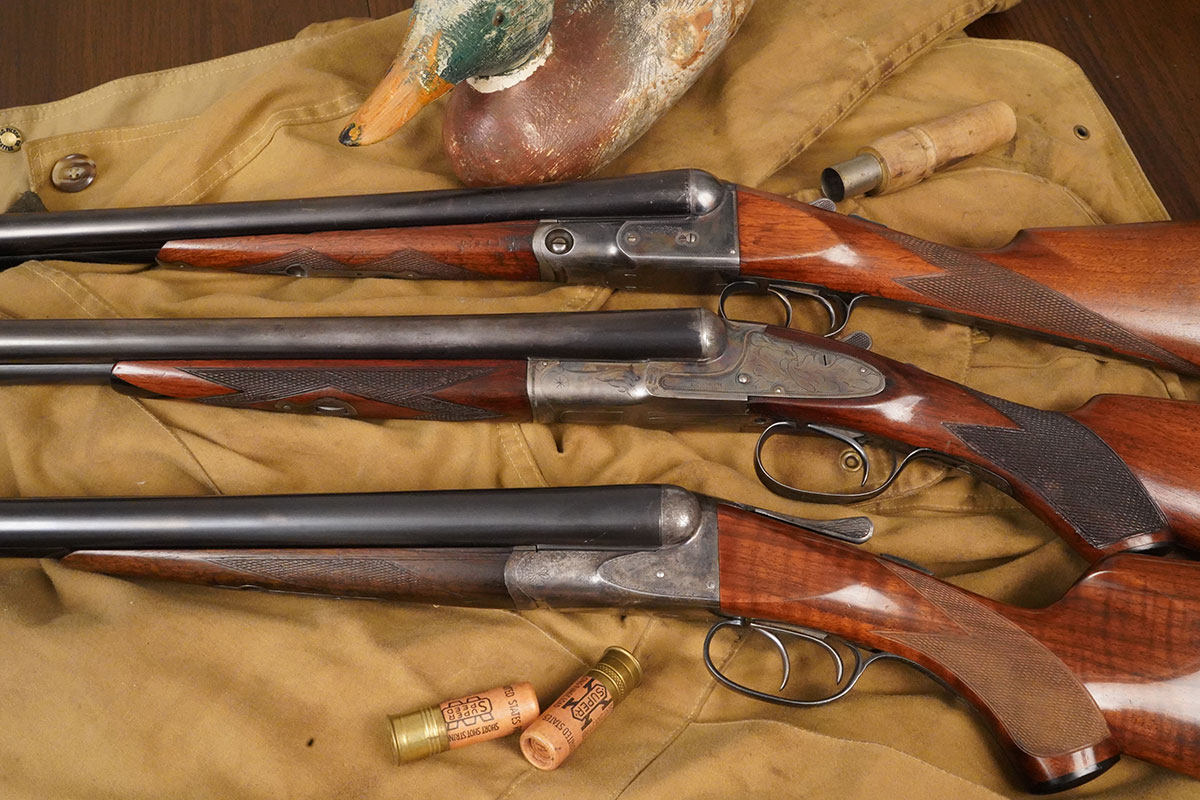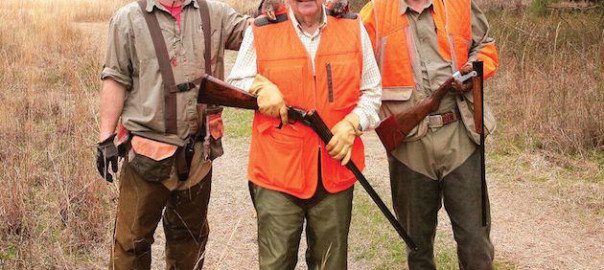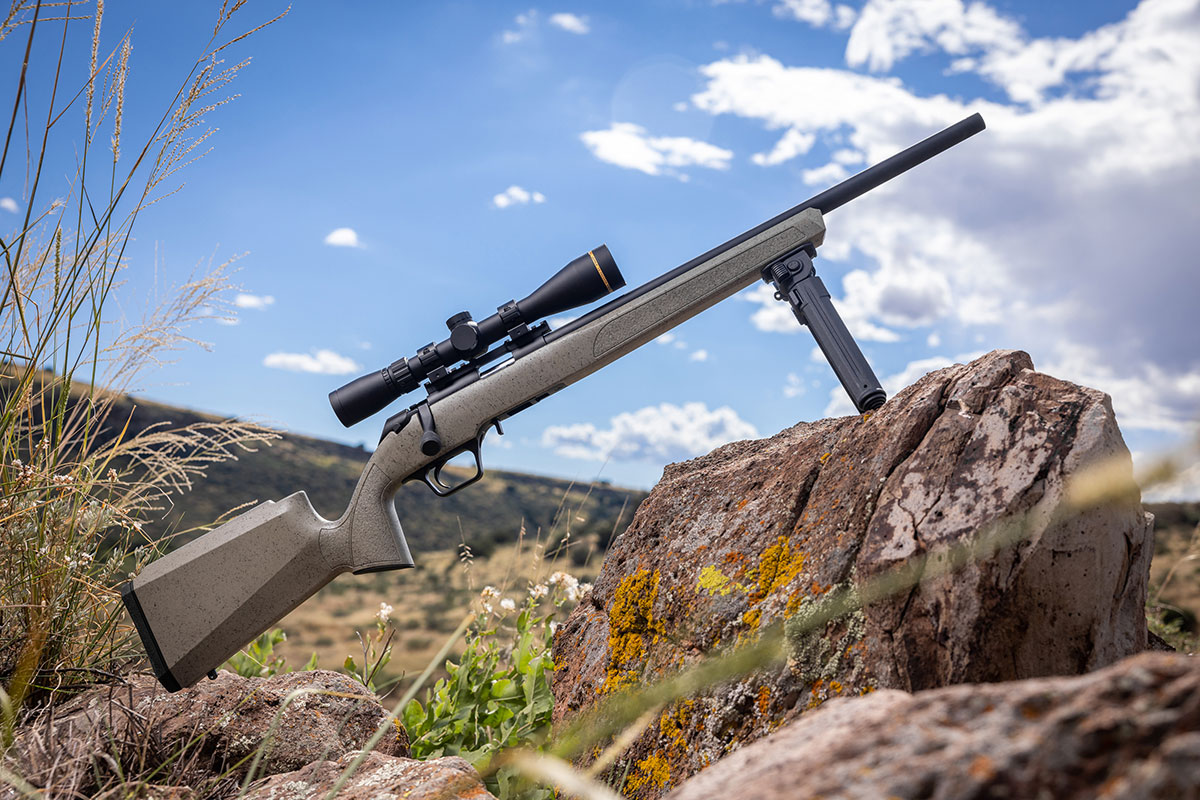Doug Tate explores some of the guns used by royalty when activities such as going on safari were a rite of passage for this class.
Safari was once a rite of passage for Royals. In 1921, the Prince of Wales shot sandgrouse, jungle fowl, peahens and parrots with a pair of 16-bore Purdeys while touring the sub-continent. But the day before he met Wallace Simpson in 1931, he ordered a pair of Churchill best Premier Quality sidelock ejectors with signature XXV barrels and shortly thereafter sold his Purdeys.
The XXV had been favorably received and Churchill strenuously promoted it as a “revolutionary development…better balanced, far less tiring to use and carry, more comfortable to handle and quicker to shoot.” He cunningly pioneered his short guns as ideal for “average or poor shots with higher aspirations.”
Robert Churchill combined his short barrels with a special high tapered rib that gave the shooter an optical impression of length.

These E.J. Churchill guns were built for the Prince of Wales who went on to become King Edward VIII. The newspaper story covers his abdication from the throne so he could marry an American. PHOTO COURTESY MORPHY AUCTIONS.
Despite controversy, XXVs were a hit. Both boxlocks and sidelocks in every quality were offered, and more celebrated gunmakers paid Churchill the ultimate compliment by offering short-barreled, lightweight guns of their own. Neither Robert Churchill nor The Prince of Wales were tall, and part of the appeal of stubby, lightweight guns may have been the ease with which they could be handled by men of smaller stature.
One London maker who made a specialty of small-bore guns was Thomas William Watson. He was the son-in-law of revolver maker William Tranter, and opened for business in 1875 in what had been the premises of Durs Egg, one of the great gunmakers of the Regency.
In 1884, Watson took his brother, Arthur Henry, on board and the firm became Watson Brothers. It was an expansion that may have been made possible by the success of a barrel-cocking, hammerless gun called the Carlton.
A lightweight version of the Carlton, called the Phantom, was available with 24-inch barrels and was clearly intended as a child’s gun. The Phantom 28 bore weighed just 4 pounds 2 ounces.
In the late 1880s, Watson Brothers received a royal warrant from the Sultan of Turkey, but Abdul Hamid II shot a Purdey he’d ordered in 1886, and it’s likely that his small-bore Watson was intended for the boys among his 17 children. Watson Brothers altered their trade label to pay tribute to the Ottoman’s patronage. It read: “By appointment to his Imperial Majesty the Sultan of Turkey,” a boast that would be inked over in 1915 when the United Kingdom opened hostilities against the Axis powers.
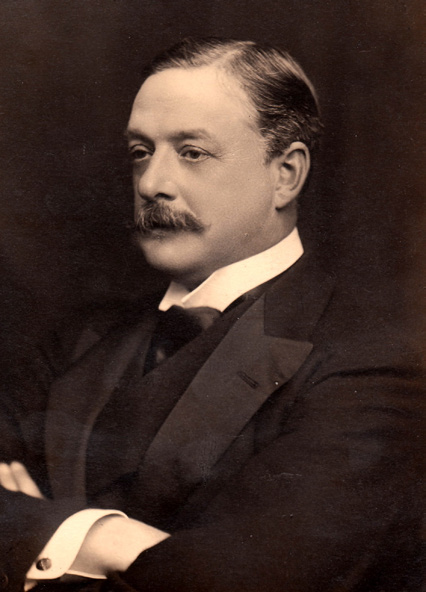
Ferdinand William Cavendish-Bentinck, 8th Duke of Portland.
Ferdinand William Cavendish-Bentinck, 6th Duke of Portland, bought his guns from Boss & Co. In 1880, he ordered a pair of side-pedal hammer guns with back-action locks by Stanton, which he later replaced with hammerless guns by the same maker. Just before World War I, he welcomed Archduke Franz Ferdinand, heir to the Austro-Hungarian throne, at Welbeck Abbey, his country seat. During a shoot on the estate, an incident occurred that the Duke later recorded in his memoirs, Men, Women and Things.
“One of the loaders fell down. This caused both barrels of the gun he was carrying to be discharged, the shot passing within a few feet of the archduke and myself. I have often wondered whether the Great War might not have been averted, or at least postponed, had the archduke met his death there and not at Sarajevo the following year.”
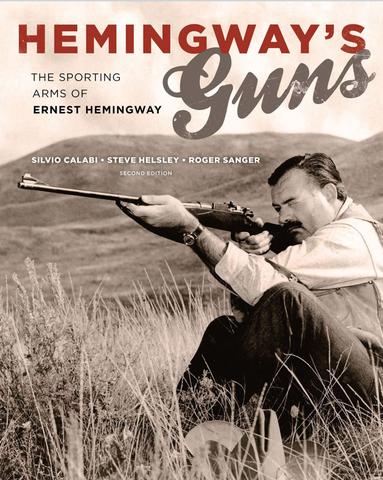 Following years of research from Sun Valley to Key West and from Nairobi, Kenya to Hemingway’s home in Cuba, this volume significantly expands what we know about Hemingway’s shotguns, rifles, and pistols—the tools of the trade that proved themselves in his hunting, target shooting, and in his writing. Weapons are some of our most culturally and emotionally potent artifacts. The choice of gun can be as personal as the car one drives or the person one marries; another expression of status, education, experience, skill, and personal style. Including short excerpts from Hemingway’s works, these stories of his guns and rifles tell us much about him as a lifelong expert hunter and shooter and as a man. Shop Now
Following years of research from Sun Valley to Key West and from Nairobi, Kenya to Hemingway’s home in Cuba, this volume significantly expands what we know about Hemingway’s shotguns, rifles, and pistols—the tools of the trade that proved themselves in his hunting, target shooting, and in his writing. Weapons are some of our most culturally and emotionally potent artifacts. The choice of gun can be as personal as the car one drives or the person one marries; another expression of status, education, experience, skill, and personal style. Including short excerpts from Hemingway’s works, these stories of his guns and rifles tell us much about him as a lifelong expert hunter and shooter and as a man. Shop Now

